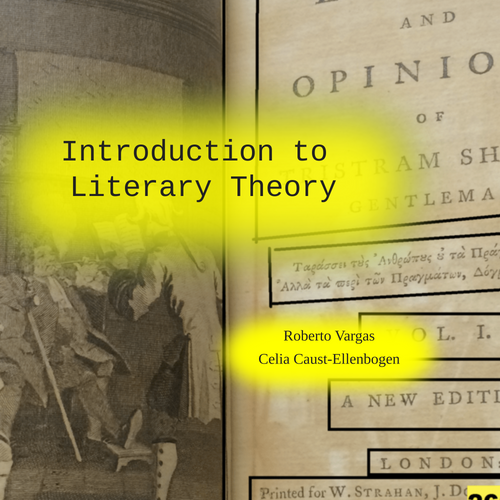30 Minutes On: Creating a custom search engine
By Swarthmore Reference
30 Minutes On: Creating a custom search engine
Learn about alternative search engines like SearXNG and Marginalia, and how to create your own custom search engine where you specify which sites are included. We'll talk about use cases ranging from comparing think tanks to finding quality sewing patterns.







